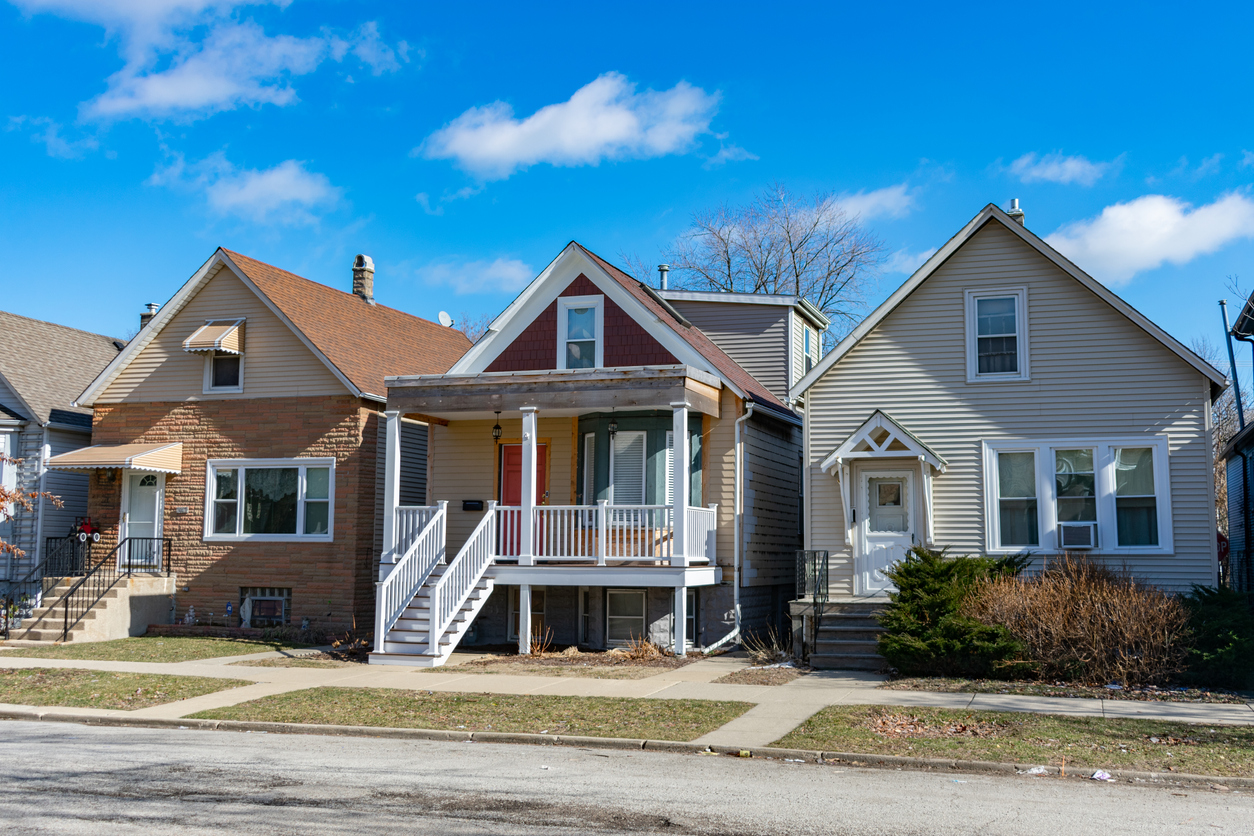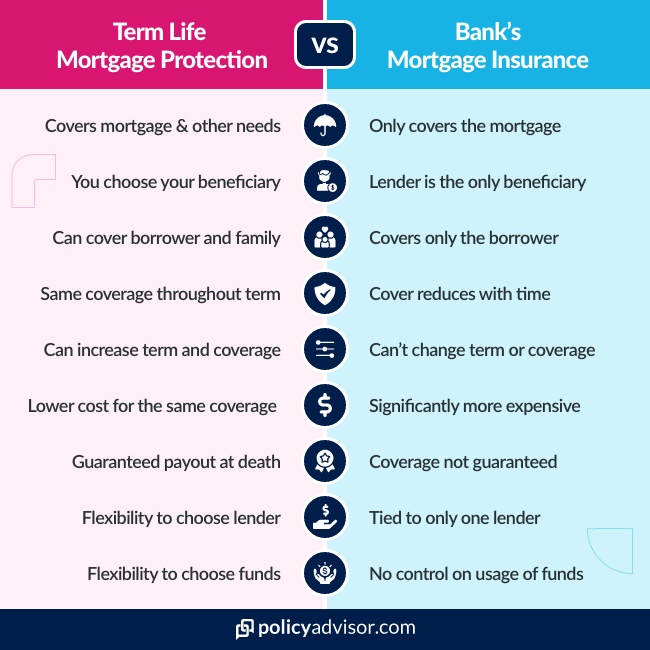
The historical low interest rates for nearly a decade have held steady and will likely stay that way for many years. But rates will likely rise once inflation increases and the economy improves. This is good news as it means that consumers will have lower borrowing costs for factory construction, auto loans, and credit cards.
Historical low interest rates have been in place for almost a decade
Many theories have been offered as to why historically low interest rates have held for close to a decade. One theory states that they are the result global excesses and foreign reserves accumulation. Summers suggests that there are other theories that link low interest rate to low demand. Summers calls this "secular stagnation". Summers believes that prolonged low interest rates will lead to a decline in aggregate demand.

The United States government can borrow at rates as low as 1.9 percent for as long or as little as it likes. Higher rates are offered by other industrial nations. The yield on ten-year government bonds in Japan, Germany, and the United Kingdom are currently around 1.6 percent. The yield in Switzerland is even lower.
They will remain low for the next few years.
One reason for the low interest rates is the divergence between tighter Fed policies and continued easing from foreign central banks. This policy divergence should continue for some time. As a result, long-term interest rates in the U.S. are expected to remain low for years to come.
Because of the structural declines in inflation, interest rates are historically low. Long-term inflation expectations fell drastically over the last 40 year. That meant that investors in public debt expected to receive lower yields on Treasury notes. The result was a compression in the risk premium for Treasury notes and inflation consistently fell below 2%. As inflation was well below the target, it was obvious that interest rates would fall.

They fluctuate greatly
For several years, the interest rates in the United States has been historically low. This is due to the severe recession that followed the global financial crisis. Although interest rates declined in response, the exact extent of their decline is unknown. While interest rates are currently relatively high today, historical data shows that they are still very low.
FAQ
How can I get rid of termites & other pests?
Termites and many other pests can cause serious damage to your home. They can cause serious destruction to wooden structures like decks and furniture. To prevent this from happening, make sure to hire a professional pest control company to inspect your home regularly.
Is it possible sell a house quickly?
You may be able to sell your house quickly if you intend to move out of the current residence in the next few weeks. There are some things to remember before you do this. You must first find a buyer to negotiate a contract. Second, prepare your property for sale. Third, you must advertise your property. Finally, you should accept any offers made to your property.
What are the benefits to a fixed-rate mortgage
Fixed-rate mortgages guarantee that the interest rate will remain the same for the duration of the loan. This guarantees that your interest rate will not rise. Fixed-rate loans offer lower payments due to the fact that they're locked for a fixed term.
Can I get another mortgage?
Yes, but it's advisable to consult a professional when deciding whether or not to obtain one. A second mortgage can be used to consolidate debts or for home improvements.
Statistics
- It's possible to get approved for an FHA loan with a credit score as low as 580 and a down payment of 3.5% or a credit score as low as 500 and a 10% down payment.5 Specialty mortgage loans are loans that don't fit into the conventional or FHA loan categories. (investopedia.com)
- When it came to buying a home in 2015, experts predicted that mortgage rates would surpass five percent, yet interest rates remained below four percent. (fortunebuilders.com)
- Based on your credit scores and other financial details, your lender offers you a 3.5% interest rate on loan. (investopedia.com)
- 10 years ago, homeownership was nearly 70%. (fortunebuilders.com)
- The FHA sets its desirable debt-to-income ratio at 43%. (fortunebuilders.com)
External Links
How To
How to find an apartment?
When moving to a new area, the first step is finding an apartment. This takes planning and research. This includes researching the neighborhood, reviewing reviews, and making phone call. This can be done in many ways, but some are more straightforward than others. The following steps should be considered before renting an apartment.
-
Researching neighborhoods involves gathering data online and offline. Online resources include Yelp. Zillow. Trulia. Realtor.com. Other sources of information include local newspapers, landlords, agents in real estate, friends, neighbors and social media.
-
See reviews about the place you are interested in moving to. Yelp and TripAdvisor review houses. Amazon and Amazon also have detailed reviews. You can also check out the local library and read articles in local newspapers.
-
You can make phone calls to obtain more information and speak to residents who have lived there. Ask them what they liked and didn't like about the place. Ask for recommendations of good places to stay.
-
Consider the rent prices in the areas you're interested in. Consider renting somewhere that is less expensive if food is your main concern. You might also consider moving to a more luxurious location if entertainment is your main focus.
-
Find out information about the apartment block you would like to move into. What size is it? What price is it? Is the facility pet-friendly? What amenities does it offer? Is it possible to park close by? Are there any special rules that apply to tenants?